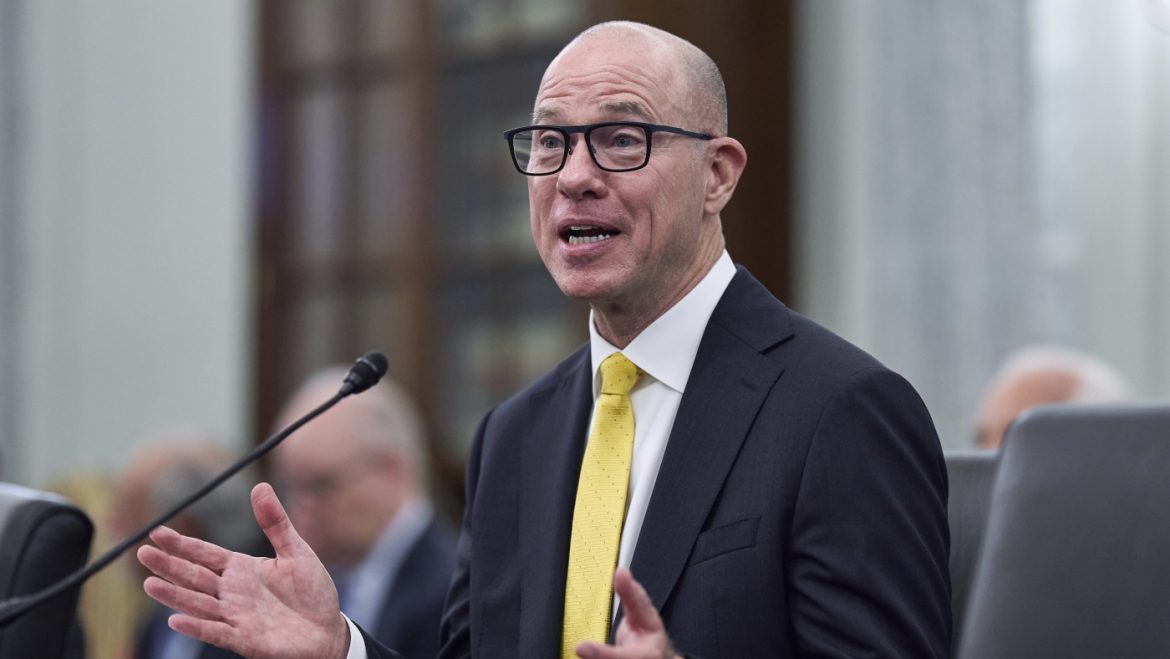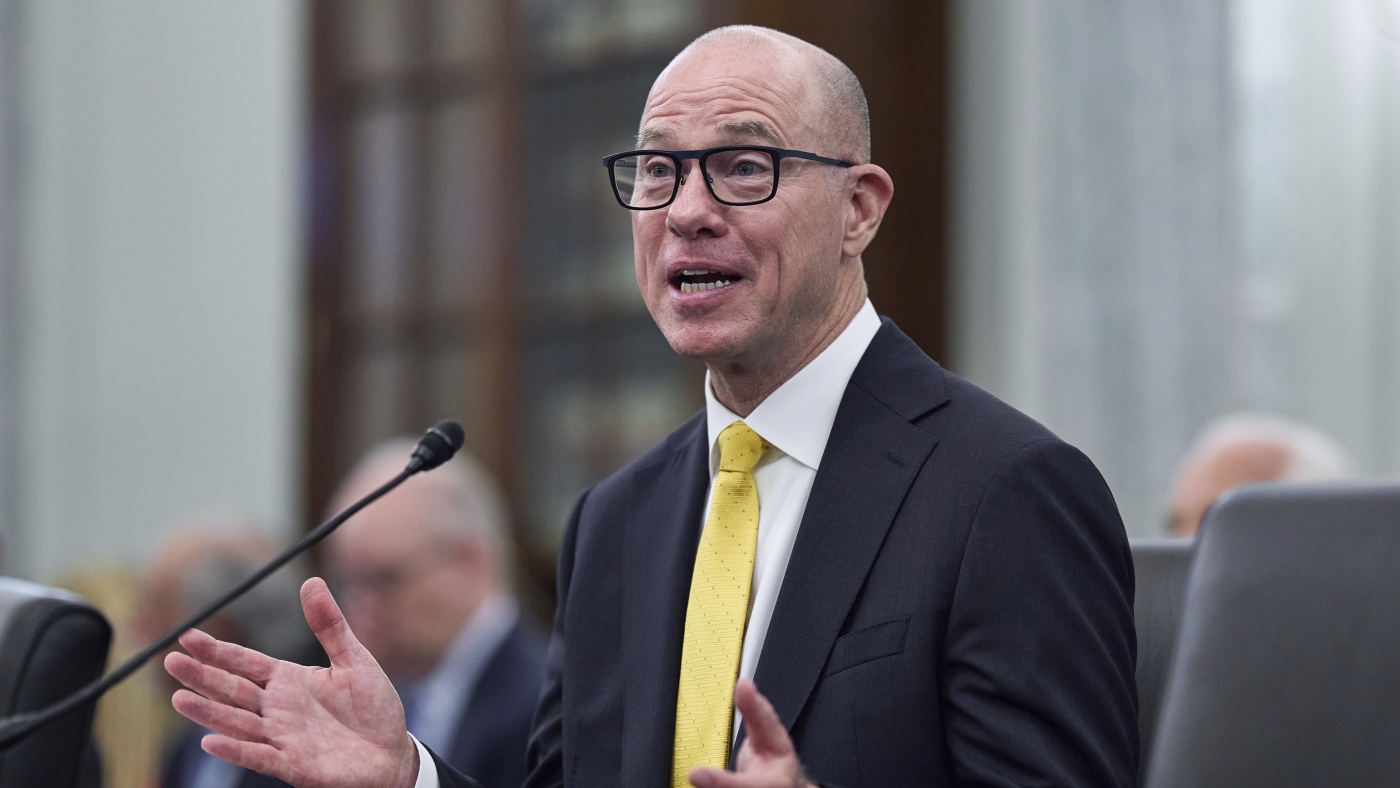Scrutinizing Bryan Bedford’s Nomination to Lead the FAA: Safety Concerns and Legislative Challenges
The nomination of Bryan Bedford, President Donald Trump’s pick to chair the Federal Aviation Administration (FAA), has stirred significant controversy and intense scrutiny during his Senate confirmation hearings. Central to the debates are questions surrounding Bedford’s past advocacy for lowering pilot experience requirements, specifically his opposition to the FAA’s 1,500-hour rule—a regulation widely viewed as a cornerstone in maintaining aviation safety standards. This detailed analysis explores the critical issues raised during Bedford’s grilling by senators, the implications of his views on aviation safety, and the broader context of FAA leadership amid recent challenges in the U.S. aviation landscape.
The 1,500-Hour Rule: A Pillar of Pilot Safety Under Debate
Foremost among the concerns voiced by senators was Bedford’s previous efforts to relax the FAA’s stringent pilot qualification standard, known as the 1,500-hour rule. Instituted after the 2009 Colgan Air Flight 3407 crash, this rule requires commercial pilots to accumulate at least 1,500 flight hours before earning certification to operate passenger aircraft. Bedford, former CEO of Republic Airways, pushed for reducing this threshold, advocating for certifying pilots with only 750 hours, a move that would represent a dramatic loosening of pilot experience requirements.
During the confirmation hearing, Senator Tammy Duckworth, herself a retired Army helicopter pilot, pressed Bedford directly on whether he would commit to upholding the 1,500-hour minimum if confirmed. Bedford’s failure to give a clear affirmative answer fueled suspicions about his commitment to existing safety standards. This ambiguity troubled many lawmakers and aviation safety advocates, underpinning a broader debate about balancing industry needs with uncompromising safety protocols.
Conflict Between Industry Support and Pilot Concerns
While Bedford’s nomination enjoys backing from major airlines and their trade groups that argue for flexibility to address pilot shortages and improve operational efficiency, airline pilots and their unions express grave reservations. The Air Line Pilots Association, International (ALPA), representing over 79,000 pilots across North America, publicly voiced concerns that Bedford’s push to reduce experience requirements could endanger passenger safety.
The pilot community worries that less-experienced pilots flying commercial airlines risks increasing accidents or incidents, especially given the complexity of modern aircraft and ever-present safety demands. Furthermore, Bedford’s past attempts to alter FAA policies on pilot certification suggest potential regulatory rollbacks that could disproportionately affect frontline operators’ safety assessments.
Recent Aviation Safety Context and Bedford’s Leadership Challenge
The timing of Bedford’s nomination is notable against a backdrop of worrying aviation safety incidents in the United States. The recent deadly midair collision near Houston and a series of crashes and near misses have heightened scrutiny on FAA oversight efficacy. The Senate’s rigorous questioning seeks to ascertain whether Bedford’s leadership can bolster rather than compromise safety rigor.
Bedford’s tenure would also coincide with ongoing FAA workforce reductions—prompted partially by budget constraints and efficiency drives—which raise questions about whether the agency can effectively perform its regulatory and safety oversight roles under his administration.
Bedford’s Regulatory Philosophy and Industry Implications
An examination of Bedford’s regulatory stance reveals a philosophy inclined toward deregulation and operational flexibility, sparking fear of diminished safety margins. Apart from pilot qualification standards, Bedford reportedly supported discussions around reducing the requirement for two-pilot flight decks on certain aircraft, a position strongly opposed by pilot groups who believe it undermines foundational safety layers.
Republic Airways’ 2022 rejected request to certify flight school graduates with only 750 hours exemplifies Bedford’s willingness to push the envelope on existing regulations. Aviation experts highlight that the quality and diversity of flight experience—rather than mere hours logged—are critical to pilot competence, and Bedford’s record raises doubts about his prioritization of these nuanced safety factors.
Political and Public Response
The nomination has provoked strong reactions beyond the aviation sector. Senator Chuck Schumer and families affected by tragic incidents like Flight 3407 have publicly lambasted Bedford’s record, arguing that his past efforts threaten hard-won safety improvements. This public pressure adds a socio-political dimension to the Senate’s deliberations, underscoring the need for leadership that demonstrates unequivocal dedication to rigorous safety enforcement.
Conclusion: Navigating the Crossroads of Safety and Operational Efficiency
Bryan Bedford’s nomination to lead the FAA embodies the tension between advancing industry interests and preserving stringent safety standards critical to public confidence in air travel. The Senate’s probing interrogation reflects fundamental anxieties about the future of pilot certification rules and regulatory philosophy under his administration.
The 1,500-hour rule controversy stands at the heart of this debate, serving as a litmus test for Bedford’s approach to balancing safety with flexibility. Bedford’s equivocation on affirming this rule raises concerns about potential regulatory rollbacks that could jeopardize aviation safety.
As the FAA faces increasing operational challenges amidst a complex aviation environment, leadership must embody unwavering commitment to protecting passengers above all else. Bedford’s confirmation process represents a pivotal moment to define whether the FAA’s future will prioritize robust safety safeguards or tilt toward deregulation under industry pressures.
Ultimately, the decisions made in the coming weeks will have lasting implications for the aviation community, the traveling public, and the integrity of U.S. airspace safety oversight. The outcome will signal the administration’s priorities in navigating the delicate equilibrium between innovation, operational demands, and the non-negotiable imperative of aviation safety.


